Introduction:
The Sony FE 100 f/2.8 STF GM OSS lens is a lens that I purchased some time ago not really knowing what to expect. I had read about the lens, of course, but frankly I found that it took me some time to get an understanding of how best to use this lens. I think it is a very fine optic with excellent sharpness and anextraordinarily smooth quality of bokeh, however, it is also a lens that imposes a steeper than normal learning curve. It has a distinctive look in some situations that seems to be polarizing in the photo community. With use, I have come to like this lens very much and don’t plan on parting with mine anytime soon. In this review, I will attempt to explain why I like it and also some of its quirks so that prospective buyers might have a better idea about what to expect.
A few samples:

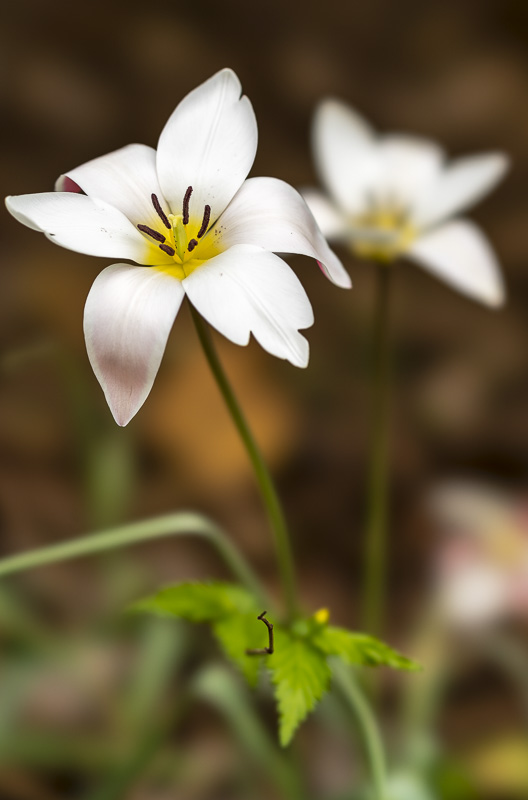
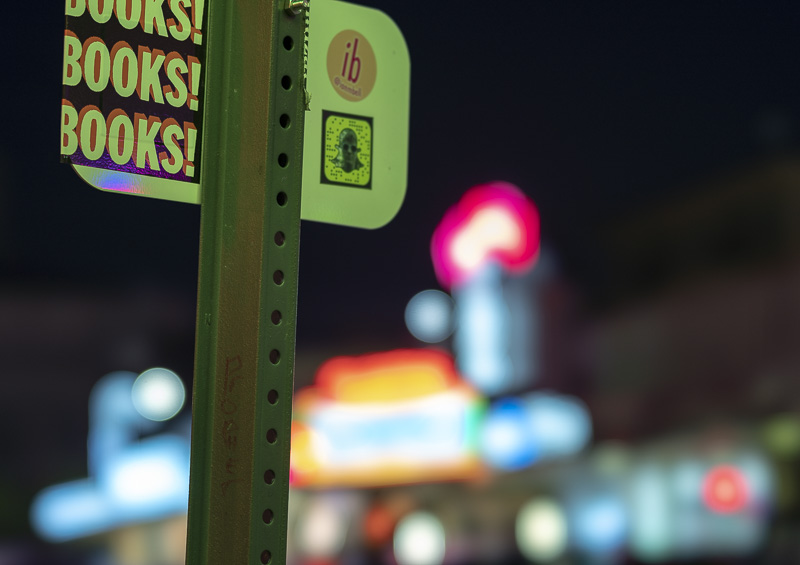
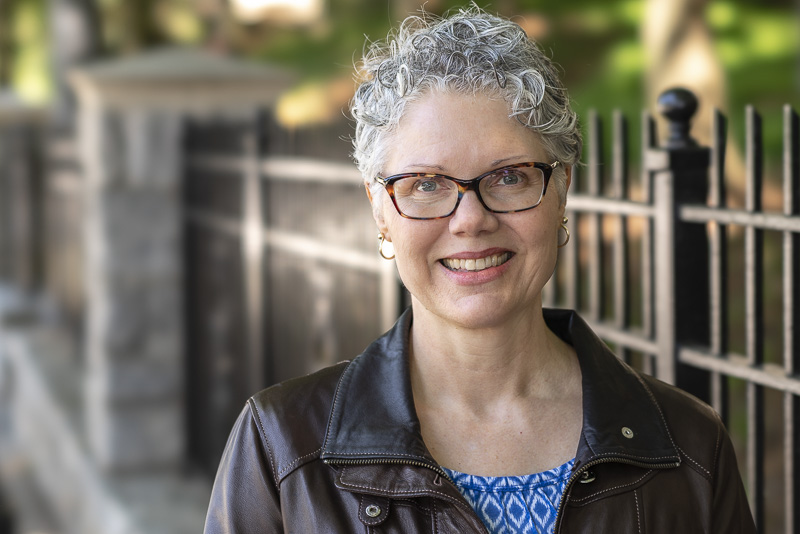

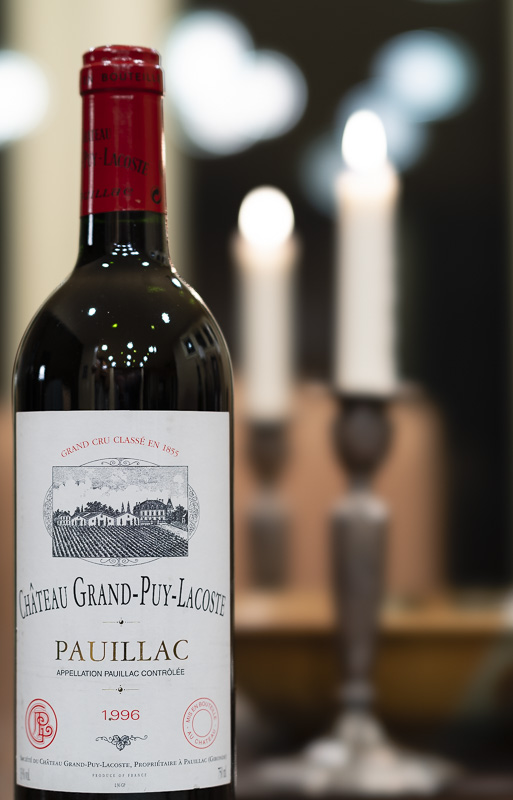
Most of the samples in this article are available in higher resolution here: http://www.pbase.com/luvwine/gm_100_stf_
Specifications
| Diameter | 85 mm |
| Length | 118 mm |
| Filter Thread | 72 mm |
| Weight | 700 g |
| Max. Magnification | 1:4 |
| Close Focusing Distance from the sensor | 57 cm |
| Number of aperture blades | 11 |
| Elements/ Groups | 14/10 |
Handling
Physically, the lens is of moderate size though larger than one might expect given its focal length and modest maximum aperture of F2.8 (more on that below). It has a 72mm filter thread which is considerably larger than say the Loxia 85/2.4 filter thread of only 52mm. However, it is not terribly dense–weighing noticeably less in the hand than say the GM 85/1.4. Doubtless some of the size is due to the evident desire to make the bokeh as pleasing as possible. Here is a picture with, from left to right, the Loxia 50/2, Voigtlander 65/2 apo-lanthar, Sony GM 85/1.4, and the Sony 100 STF on the right.
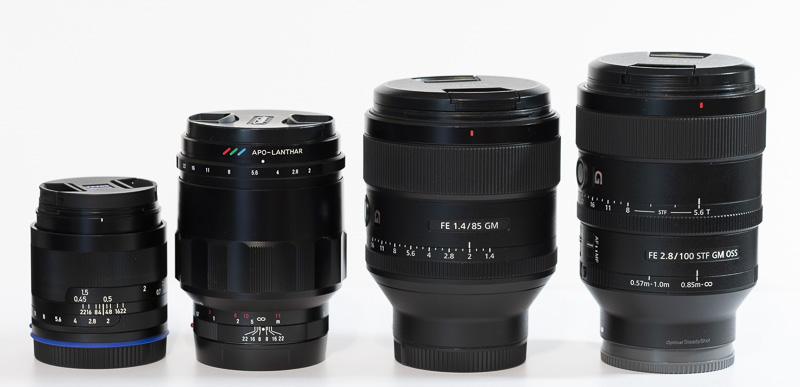
The lens is equipped with an aperture ring (which one can de-click for silent operation) which is marked with the T-Stops (light transmission) as opposed to the F Stops. F2.8 corresponds with T5.6, which is wide open. The apodization filter accounts for two full stops of light loss at F2.8. However, the effect diminishes as one stops down and by F8, there is no further effect from the filter and aperture and T-stop values are equivalent. Note that the exif information displays the T-Stop value. This is indicated on the lens barrel markings. Additionally, typical for G Master lenses, it has a programmable button which is useful for programming custom functions like eye AF. Also, the lens has switches for both AF/MF and lens optical stabilization on or off. Finally, there is a mechanical ring that changes the focusing range from close range (.57 meter to 1.0 meter) to longer range (1 meter to infinity). This is not merely an autofocus range indicator, but an actual mechanical alteration that allows the lens to focus in the indicated range only. The lens body is dust and weather sealed. In all, it is ergonomically a pleasure to use.
Focusing
The manual focus barrel is focus by wire, but while slightly less pleasing to use than the best mechanical manual focus lenses, it is still more than adequate. Autofocus is not very snappy, but is adequately fast and accurate though best in good light. The apodization filter (see below) does make this lens less than ideal to use in darker conditions. At wide open (F2.8), there is only the same amount of light transmission as at F5.6. Thus, one’s available light is cut by 75% wide open.
The Apodization filter
What makes the GM 100 STF lens unique in the current range of Sony FE mount lenses, is the presence of a built in apodization filter. This filter is a clear glass filter in the center that progressively darkens like a neutral density filter farther away from center. The fact that there is no darkening close to center explains why, as one stops down, the filter’s effect diminishes. By F8, it has no effect as the light is traveling through the unmodified glass.
The effect of the apodization filter is greatest wide open at F2.8 (T.5.6). The filter makes bokeh balls darker towards their outer edge and greatly softens bokeh generally to something like a gaussian blur. There are no hard edges and the quality of bokeh is remarkable. While the quantity of bokeh is exceeded by faster lenses, the bokeh that is produced is remarkably smooth.
The filter also has other effects. While nominal aperture is F2.8, the depth of field is roughly equivalent to an F4 lens. This has the happy effect of giving one more depth of field for subjects like faces to be in focus, yet having a lovely quality of background blur. The amount of blur is of course greater the closer one is to the subject and, since the lens closes quite closely, the lens is extremely capable for quasi macro shot such as flower shots. It is very good at isolating flowers in busy backgrounds and smoothing out what otherwise might be a distracting background and enabling pleasing compositions where other lenses might struggle.
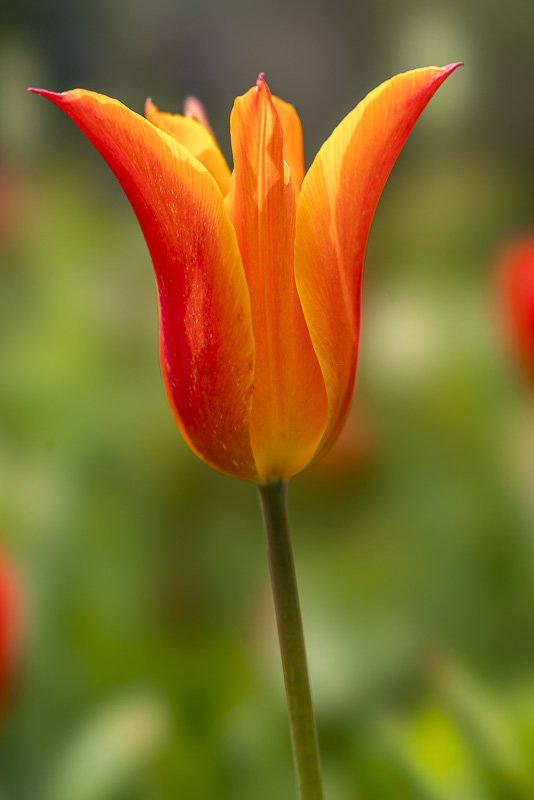
Optical Performance
Sony’s published MTF graphs are theoretical and do not take diffraction effects into account. Therefore, I will not quote them here but they do show a very high degree of optical performance. In my testing, I have indeed found sharpness to be excellent across the frame even from wide open. Stopping down does improve corner performance somewhat but the difference is subtle and one must truly pixel peep in order to see any improvement. Unless I am using the lens for landscape or want a less smooth bokeh or need the depth of field, I always shoot the lens wide open so as to maximize the bokeh smoothing character of the lens.
The lens seems designed for portraiture and quasi macro shooting and its overall look is just about ideal for these applications. The lens is not as high in contrast as say the Zeiss Batis 135 or Loxia line of lenses, however, its sharpness is comparable with these lenses and, of course, one can add contrast in post to a certain degree. While its sharpness certainly makes it suitable for landscape use, it would not normally be my first choice for that application. Nevertheless, I decided to test it at infinity against a very fine zoom (C/Y 100-300) where the zoom is about at its best (100mm). I also decided to test it against the Batis 135 for close up sharpness.
Infinity Sharpness testing
I compared the GM 100 with the older Zeiss (C/Y) 100-300 zoom at 100mm. The zoom is very good indeed at 100mm and as we will see, it is a fairly close comparison between these two lenses in this application. Shots were on tripod, remote release, manual focus with focus in the center of the image on a distant building using my Sony A7riii.
The scene:
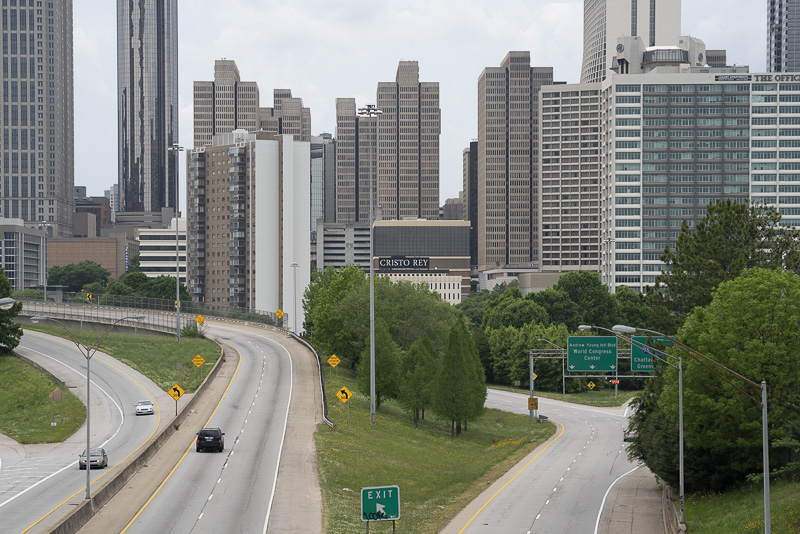
Note the Zeiss is slightly longer at its 100mm setting than the Sony. Midfield 100% crops wide open:
Left GM STF Right Zeiss
Now at F8:
Left GM STF right Zeiss
Now the corner crops first wide open:
Left GM STF Right Zeiss
Here at F8:
Left GM STF Right Zeiss
My copy of the Zeiss improves in the corner at F11, so here it is for comparison:
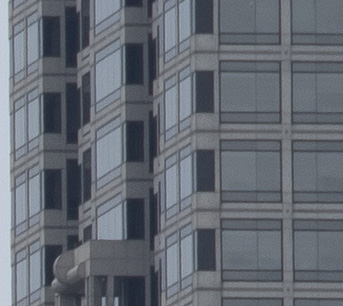
I did not include the center crops as there is little between the two lenses in the center with the Zeiss having a bit more native contrast but no sharpness advantage to either lens. In the midfield crops, we see fairly similar performance with the Zeiss arguably stronger wide open but no difference once stopped down. In the extreme corner, the Sony is clearly better at wide open and retains its advantage until F8 with the Zeiss only catching up at F11.
What this test told me was that both lenses are more than up to the task for landscape applications. I do favor the zoom due to flexibility of focal length, but if one has the Sony GM 100, it will certainly work well for landscape or cityscape applications and is commendably sharp from wide open even into the corners.
Close Focus ability
The Sony GM 100 focuses quite closely at a native maximum magnification of 1:4. Here is as close as I can get a $100 bill in the picture at minimum focus distance:

One can easily enhance the close focus ability by adding a close up filter to the lens. I use the Canon 500D close up lens for that purpose and see little to no noticeable degradation of quality. Here is how the $100 note looks with the 500D in place:

For comparison’s sake, here is the same subject at minimum focusing distance with the Voigtlander 65/2 apo-lanthar (a macro lens that focuses to 1:2):

The CV natively still has higher magnification, but the GM 100 STF gets nearly as close as the CV 65 when the 500D close up filter is in place and has the advantage of autofocus and in-lens optical stabilitzation. The GM 100 STF thus is a convenient and high quality choice for quasi macro applications. Of course, the CV 65 is a superb lens (even better corrected) and affixing a close up lens or extension tubes makes for macro capability the STF 100 cannot begin to equal.
Close Focus Sharpness testing
Here I compare the Sony STF 100 with the Zeiss Batis 135. The Batis 135 is perhaps the sharpest lens currently made for Sony E mount (with the possible exception of the CV 65/2 apo-lanthar). The Batis does not focus quite as closely as the Sony (1:5.3 instead of 1:4). So here I identically framed the $100 bill as closely as I could manage and the scene thus looks like this:

Here are 100% crops close to the center and then in the upper left corner. They are unsharpened and unprocessed other than color temperature correction and adding the same amount of exposure to each. I will compare wide open and then at F 5.6.
Center at F2.8:
Left GM STF Right Batis
Center at F5.6:
Left GM STF right Batis
Here are the corner crops, first wide open:
Left GM STF Right Batis
Now at F5.6:
Left GM STF right Batis
Here the Zeiss’ slightly greater native contrast is evident. The difference in this regard is greatest in the corner and wide open but is present in every case. However, there appears to my eyes very little difference in the ability to resolve fine details. There is a bit more detail in this test in the Sony at F2.8 in the corner than the Batis, but this is minor and could be due to several factors. At F5.6 there is no sharpness advantage to the Sony nor is there on center at F2.8. These are very different lenses with different strengths but both are clearly very sharp lenses at close distance. Finally, the lenses do exhibit a rather different color palette here with the Zeiss lens corner crops going much more toward blue. Both lenses were separately white balanced on this shot using a white balance card. The color to my eyes is a bit more accurate on the Sony but I don’t want to draw any conclusions from this difference as this is only one test.
Flare Resistsance
Telephoto lenses in general have a harder time with flare resistance than wide angle lenses due to the larger size of the sun should it appear in or adjacent to the frame. Flare resistance in the Sony GM 100 STF is good though not excellent. One will notice some veiling flare and even some ghosting in images where the sun is prominent in the frame. However, you usually have to work at it. Here is an example of some ghosting see the green blobs in the lower right corner:
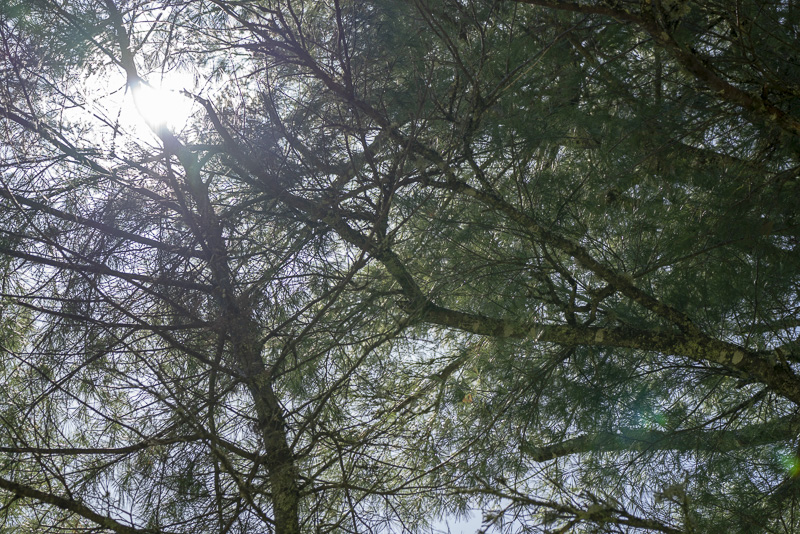
However, that was an image where I was deliberately trying to provoke flare. Here is a more common example where I was shooting a sunset. A later picture in this sequence is the last of the samples at the end of the article. Here, the sun was higher in the sky and the lens produced flare as seen here:
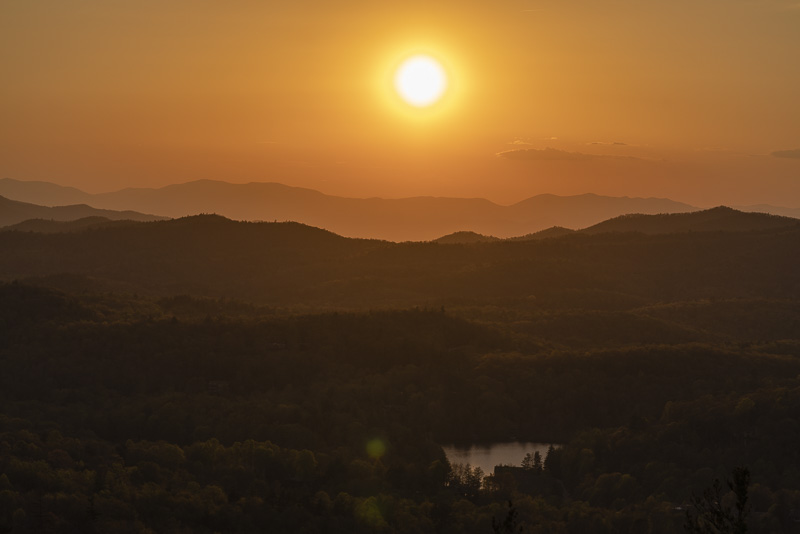
There is some veiling flare and a bit of ghosting at the bottom of the frame, but the image is still quite acceptable to me.
Vignetting and Distortion
There is very little vignetting. It is noticeable if you look for it wide open, but is very minor at -.5 EV in the corners according to DxO mark. Distortion is pincushion but is fairly modest at .4%. The lens has a Lightroom profile that corrects these minor issues. I have never had cause to worry about these shortcomings perhaps because in my usage with this lens the vast majority of my images are flowers, portrait, or general use and not architecture.
Travel Use
This lens is not an ideal travel companion lens to me. While it is not overly heavy and is moderate in size, it has relatively poor performance in low light situations due to its apodization filter taking away 75% of the available light. T5.6 wide open means it will struggle in dark conditions. Thus, in a travel bag of limited size, this lens does not make the cut.
Portrait Use
What can I say? This lens is a great portrait lens to me so long as there is adequate light. It takes full advantage of eye autofocus on Sony bodies, its apodization filter makes backgrounds pleasing and results in greater than normal depth of field while still producing wonderful bokeh. It is very sharp, and has a rendering that is ideally suited to portrait work. However, it does have some limitations and its look is quite different from other lenses. Given the lesser quantity of blur compared to faster lenses, one has to be more careful to compose shots with a pleasing background. This is especially true for full body portraits. Tight head shots will result in as much background blur as you could want, but if you are farther from the subject, you have to be very aware of the background as it will be more visible than with faster lenses shooting at wide apertures.
Here are a couple of pictures that show some differences in look between the Sony GM 85 and the GM 100 STF. The area to look at of course is the background:
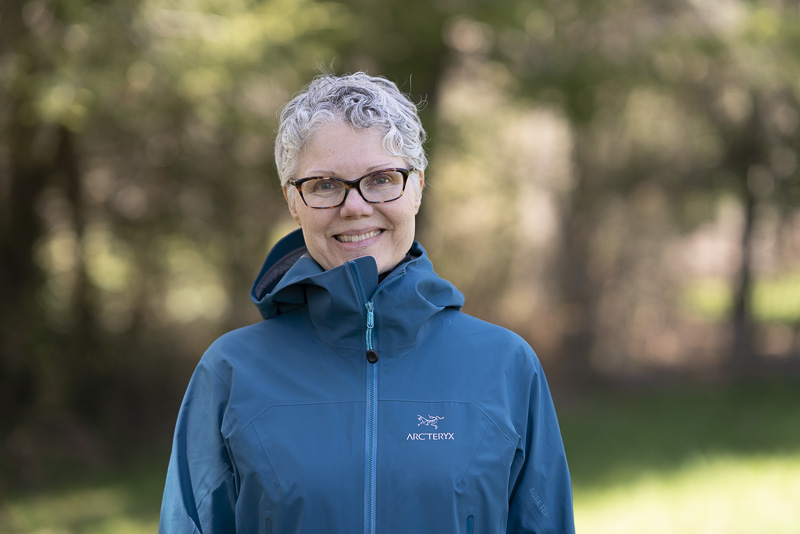
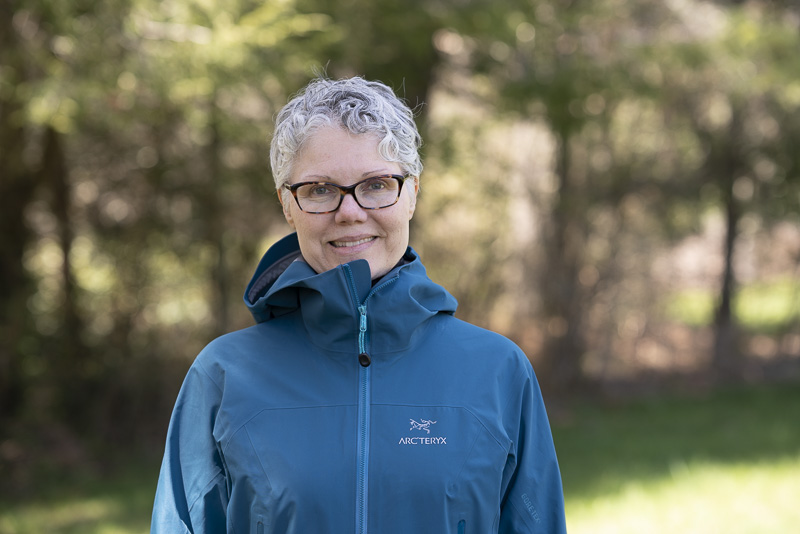

So above you see the 85 GM at F1.8 and then at F2.8. If you look at the pictures at the larger size, you will see that the GM 85 has prominent bokeh balls in the background. NOw, the GM 85 is one of the finest portrait lenses money can buy, however, in some circumstances the bokeh balls can be distracting. In the GM 100 STF picture above , bokeh balls are not really noticeable as such–they simply melt int the background. The GM produces much more quantity of blur at F1.8, but the bokeh balls are distinctly noticeable. In the F2.8 picture with the GM 85, the bokeh balls are smaller, but still quite distinct. Some will prefer the STF 100 here, some will prefer the GM 85, but the look is certainly different.
However, care is needed in choosing backgrounds with the STF 100. There are circumstances where, to me, the background can look a bit wonky. Here is one such example from early in my time owning the lens. Here, both the GM 100 STF and the GM 85/1.4 are wide open:
Left GM 85 Right GM STF 100
For me, in the above example, I like the greater amount of bokeh softening the busy background in the above example of the GM 85 at F1.4 more than the STF 100 where the background gives a busier and more distracting appearance. This is not so much a failing of the apodization filter as a limitation of the amount of blur the F2.8(T5.6) lens can produce compared to the F1.4 of the GM 85. Some care and experience are needed in the use of the STF lens. In some cases, the bokeh can take on a “too perfect” or “plasticky” appearance to some observers or simply fail to adequately smooth a busy background as in the above example. I personally find having both the STF and one or more conventional portrait lenses in the bag the best approach.
The differences between the look of other portrait lenses and the STF often diminishes in tight portraits—particularly with somewhat distant backgrounds. Here are two similar portraits:


This is not a perfect comparison, of course, as the STF shot was from closer to the subject, but one can see that the background blur of the Batis 135 starts to resemble that of the STF (or vice versa) since due to background distance, both lenses are creating a large quantity of blur and thus the qualitative differences are lessened.
It takes a lot of practice seeing how this lens differs from “normal” lenses. In many cases, the differences are not that striking. In some instances, they are hugely different. One’s expectations and even one’s taste will be challenged as the STF produces images that are different from what we as photographers have come to expect. To me, the STF produces portrait images that are quite lovely and often very natural in appearance as here:

or here:
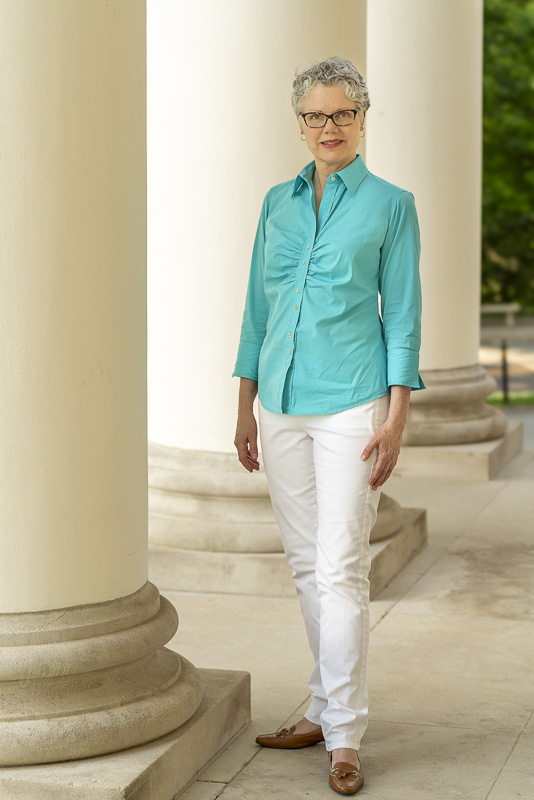
or popping out from a distant yet still discernible background as here:

It is simply a remarkable portrait lens. I find myself reaching for the STF often as a first choice though I will also carry my GM 85 or longer lenses. In low light I always favor the GM 85, but in good light, I lean toward the STF 100.
Bokeh
In some ways, this whole article is about Bokeh. It is the quality of the STF’s bokeh that makes it unique.
Here is a bokeh comparison I did between the GM 85, STF 100, and Batis 135. It is not perfect, but may help give some idea of the different character of these lenses:
GM 85 first
The GM 100 STF:
And the Batis 135:
As you can see, the lenses have very different character. The Batis particularly has visible bokeh balls with geometric shapes that are potentially distracting. The GM 85 does a better job keeping the bokeh balls round, but they are still quite distinct. The STF 100 is the smoothest bokeh–especially wide open–with round bokeh balls stopping down but with less quantity of bokeh than the other two lenses.
Sunstars
This is not a lens for the sunstar enthusiast. The 11 aperture blades and their rounded shape combine to make sunstars very difficult to achieve. Here is an example of what you may see at F22 with 22 pointed sunstars:
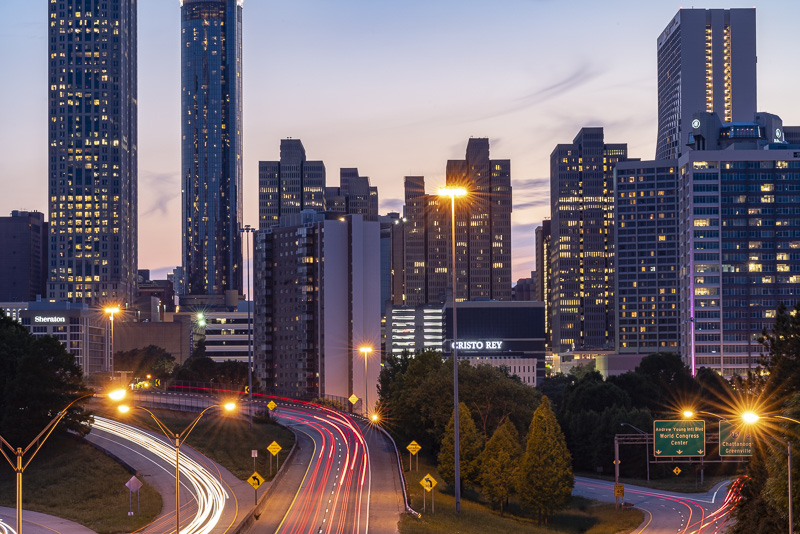
CA Correction
The Sony 100 STF is a very well corrected lens. It is not as corrected as the best modern lenses–the Batis 135 and the Voigtlander 65/2 are somewhat better corrected in my experience– but it is well corrected. Occasionally, in demanding circumstances, one may notice some lateral CA in out of focus areas but it is easy to correct in post..
Here is a test I learned from Phillip and have come to like. It is a back-lit fountain. On this occasion, the sun may have been high enough in the sky so as to make the test less demanding but here is a comparison of the GM 85 and the STF 100. The STF on this day showed virtually no CA and certainly much less than the GM 85:
First the GM 85:
Now the Sony STF 100:
As you can see, the Sony STF 100 passed this test with flying colors without noticeable CA from wide open. The Batis 135 did also but I will save you the crops. The Sony GM 85 performed less well needing until F5.6 for a good result and F8 for a truly clean result.
I did more testing and eventually devised a more demanding test shooting a metallic object in full sun at close range so as to have metal bits both in front and behind the plane of focus. Here I will simply compare the STF 100 with the Batis 135 to show that the Batis is indeed better corrected. Having said this, the STF 100 is very good here. It only falls short when compared with the truly first rate in this department.
Here is the picture uncropped:
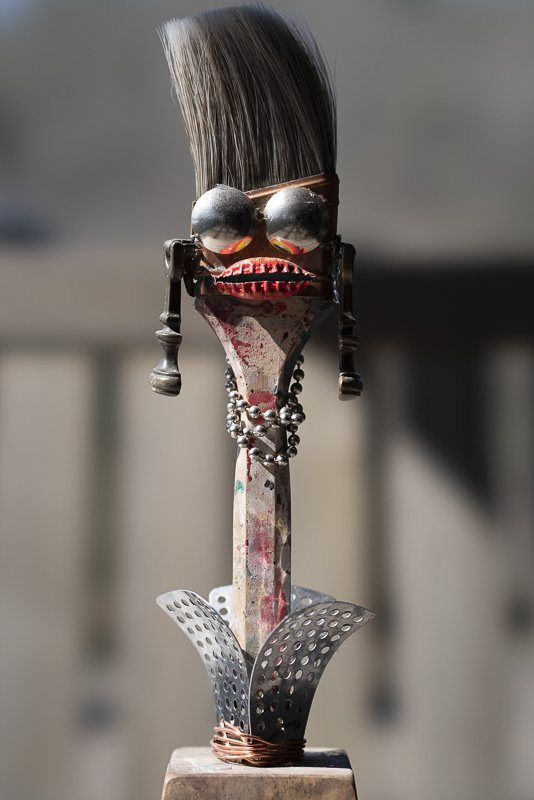
Here are the 100% crops:
As you can see, the Batis is virtually without any color fringing where the Sony 100 STF has a small amount of PF in front of the plane of focus and GF behind the plane of focus. Note that I did this test from a slightly longer distance in less intense sun and found no difference. I had to work to distinguish between these very fine lenses and for CA correction, the Batis is a bit better.
Conclusion
pros
|
average
|
cons
|
The Sony GM 100 STF is a somewhat specialized tool. I would not recommend it as the only lens for portraits as its lack of light transmission limits its use to pretty good light or on a tripod at slower shutter speeds. Having said this, I initially thought it would get much less use than say my GM 85/1.4 and I have found as I get more familiar with the GM 100, I reach for it more and more often. I also always bring it along if I am hunting flowers or other similar subjects as its combination of extraordinary bokeh, close focus ability, OSS, and SSM autofocus make it a very convenient and useful lens for close up/quasi macro work.
It is expensive, but if it fits in your budget and you shoot portrait and/or close up work, I would highly recommend that you try it. Just be prepared that the lens takes some effort to get to know. You will take shots where you dislike the look. When you do, understand that it is part of the learning process. If you give it some time, I bet you will find it to be one of the best tools in your bag.
Affiliate Links:
If you buy this lens please consider using these links:
Alternatives
What lenses might one choose at or near this focal length instead of the GM 100 STF?
Sony 135mm F2.8 (T4.5) A Mount Lens:
This lens is virtually the only other lens made with an apodization filter. It is identical to the Minolta lens with identical specs. It is longer and thus has a bit more blurring capability than the newer Sony 100 STF, however, the apodization filter is weaker as it only reduces the F2.8 aperture to T4.5 instead of T5.6. It is a manual focus lens and thus is not as convenient for portraiture as the newer Sony E mount lens. It is reputed to be a fine optic and seems quite similar to the newer Sony. It has 10 rounded aperture blades (instead of 11 on the new lens) for rounded OOF highlights. If one uses Sony E mount, there would seem to be little incentive to choose the older lens over the new one absent a significant price savings.
Another manual focus lens with an STF filter. It doesn’t have the ueber-smooth STF look though and instead the bokeh looks rather ordinary. It is much less expensive than the E mount Sony andvery well corrected for CA. However, it has serious issues with veiling flare. One interested in either the Sony 135 or the Laowa 105/2 should read Phillip’s comparison of these two lenses.
More Sample Images
Most can be found here in higher resolution.


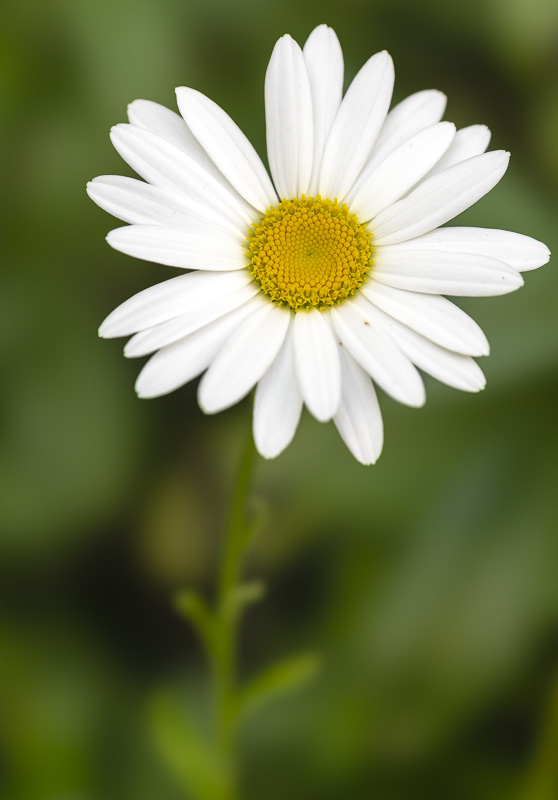


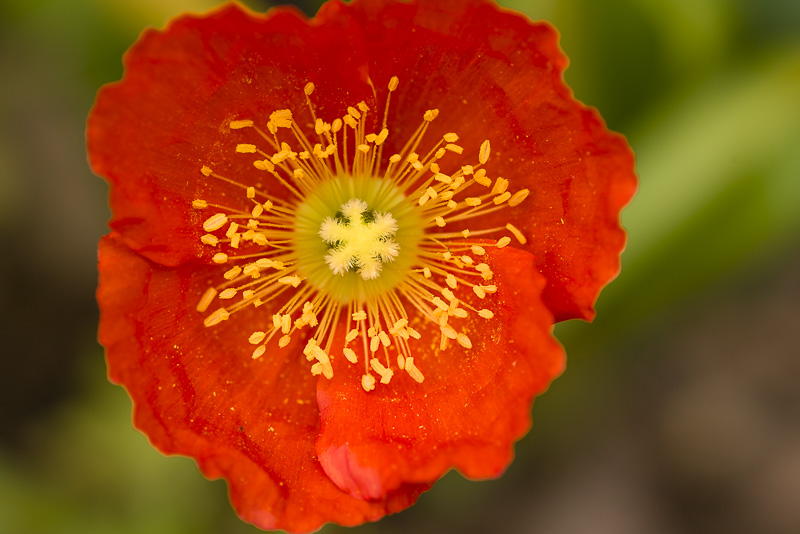
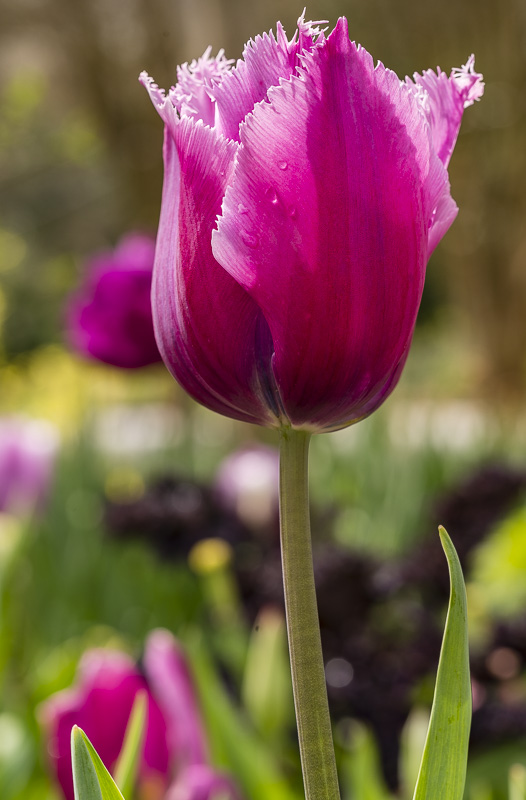


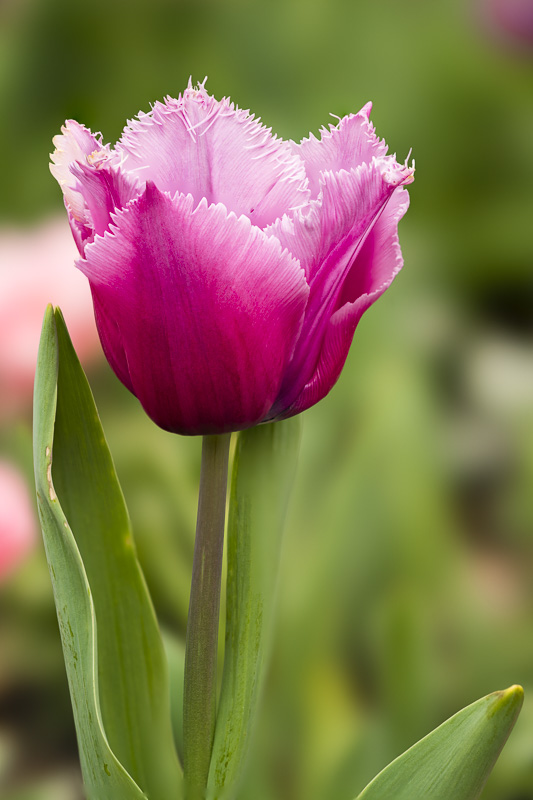
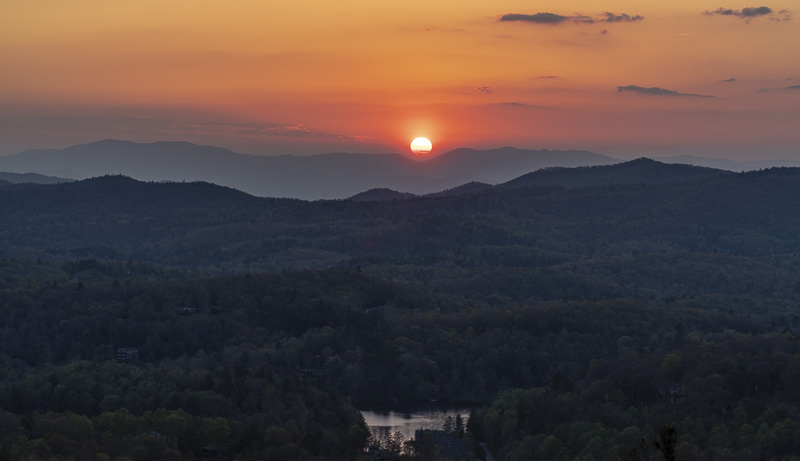
This site contains affiliate links. If you make a purchase using any of the links marked as affiliate links, I may receive a small commission at no additional cost to you. This helps support the creation of future content.
Latest posts by Stephen Ozcomert (see all)
- Review: Sony FE 100 f/2.8 STF GM OSS Lens - May 24, 2018
- Review: Leica APO-Elmarit-R 2.8/180 - March 4, 2018
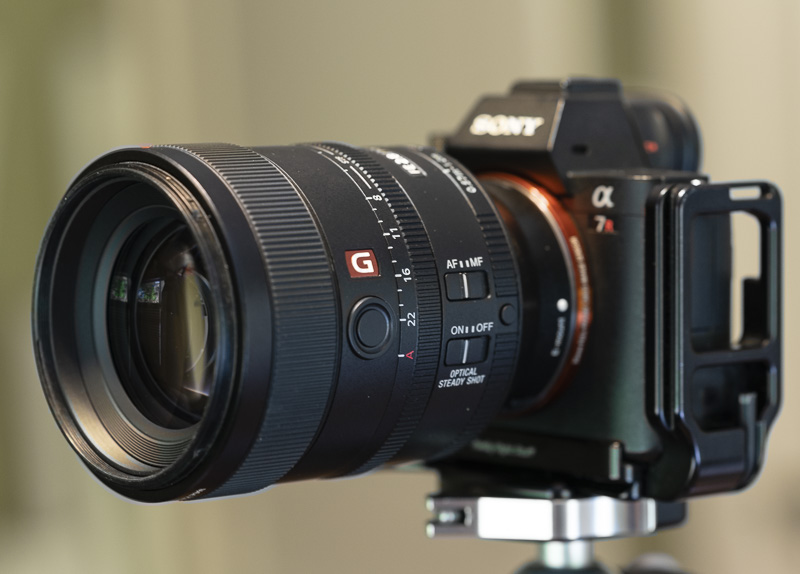
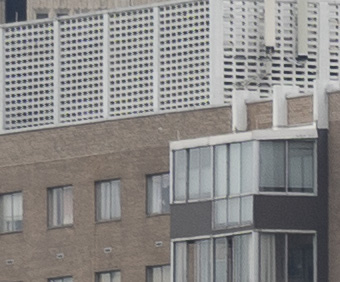
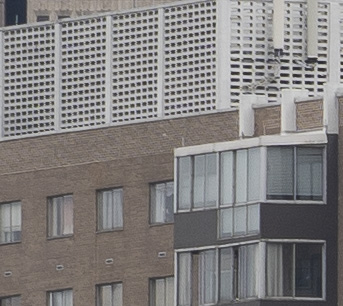



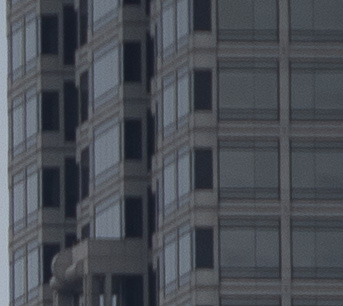
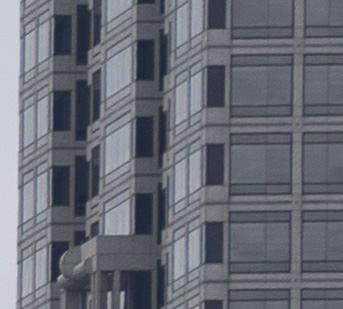
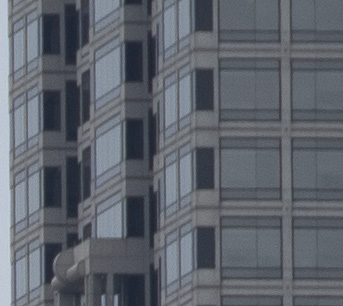
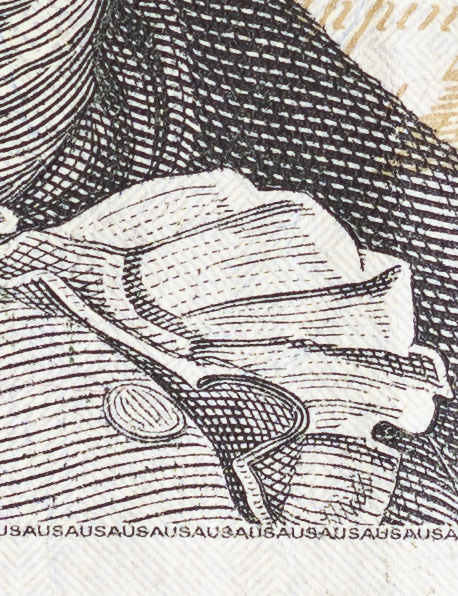

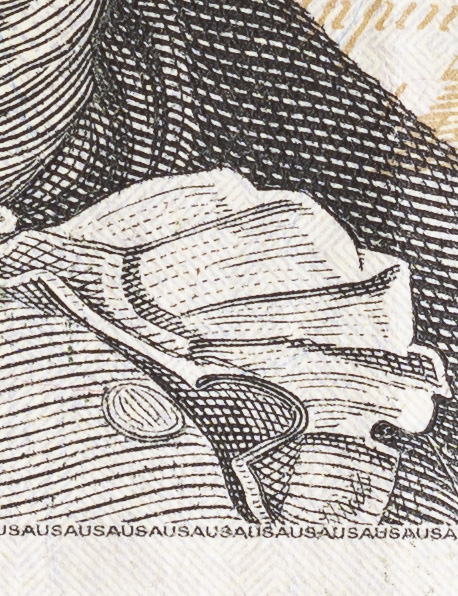

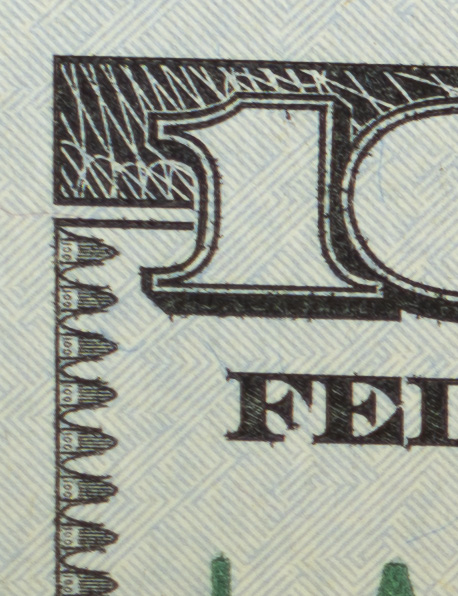

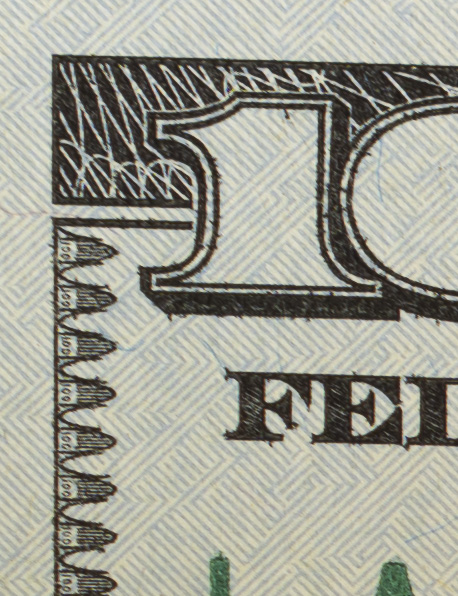
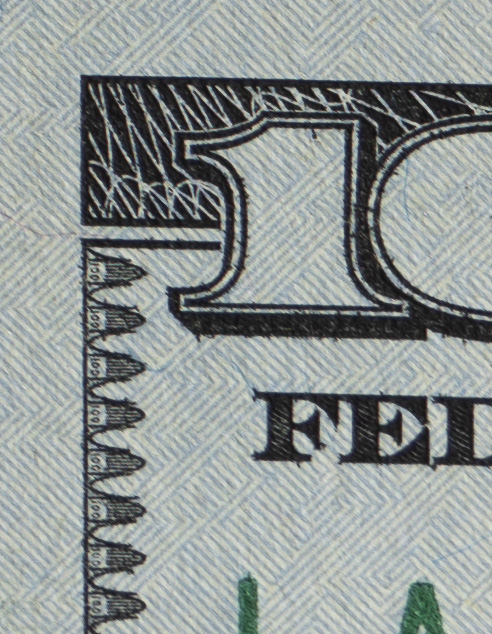


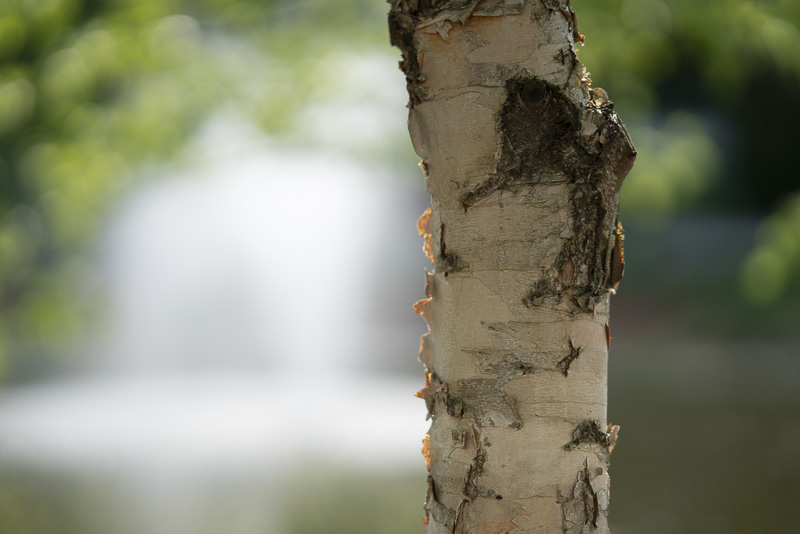

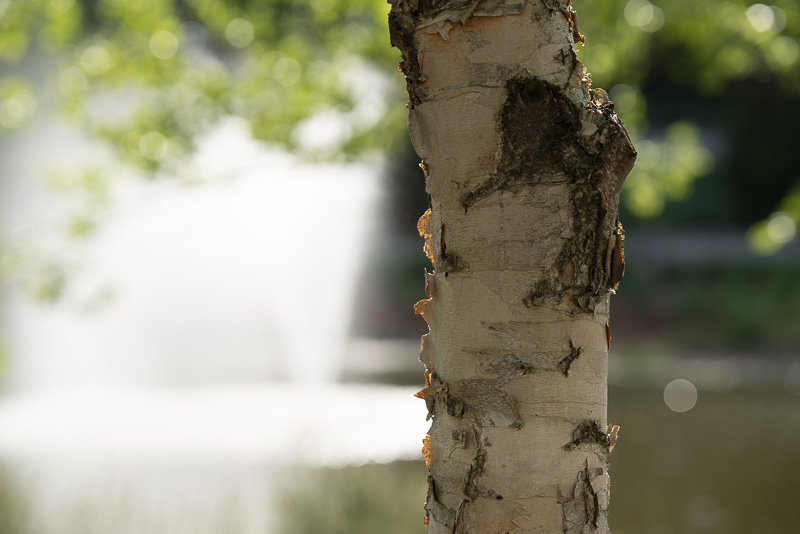
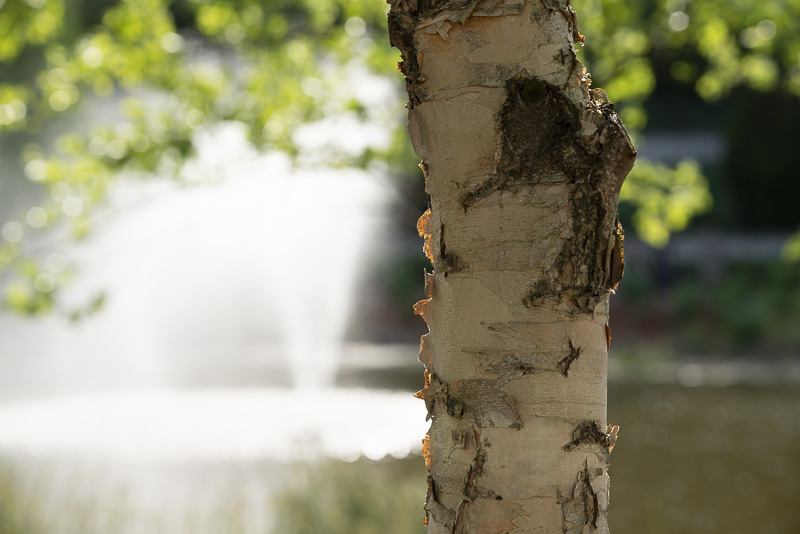
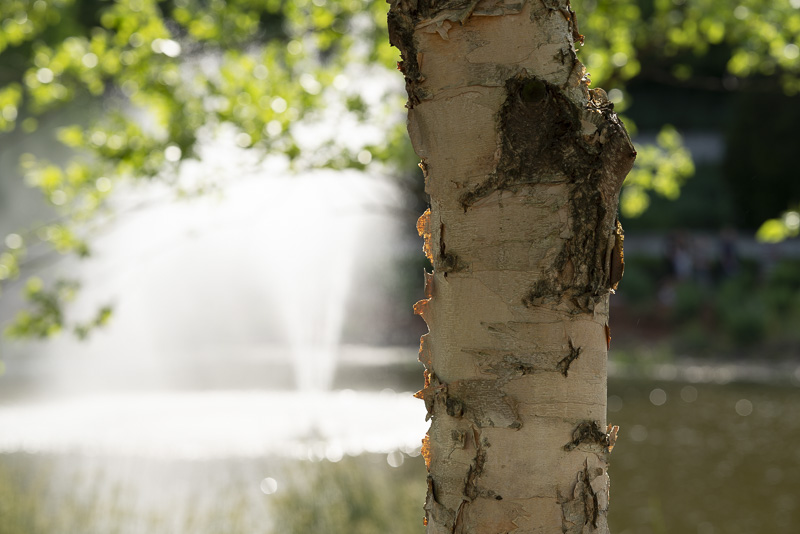
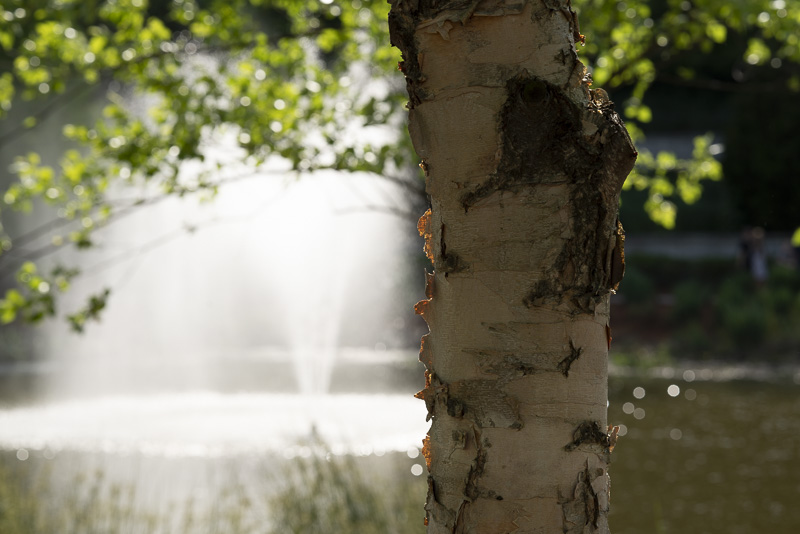
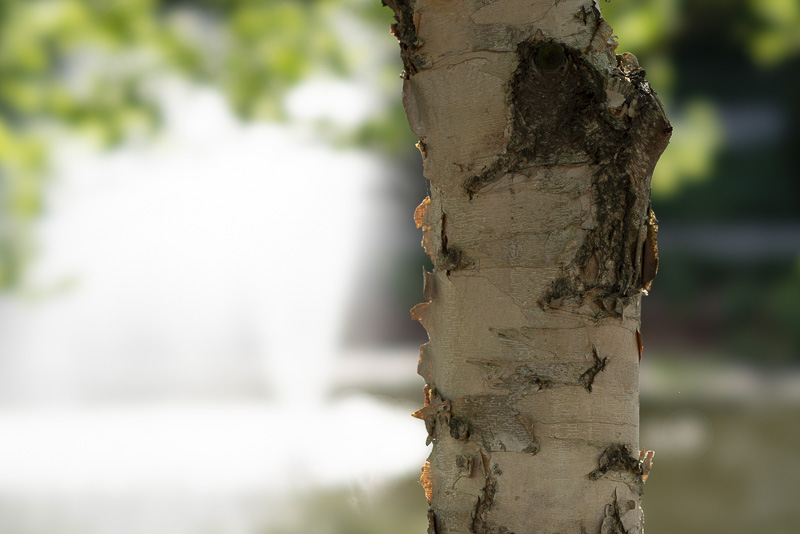
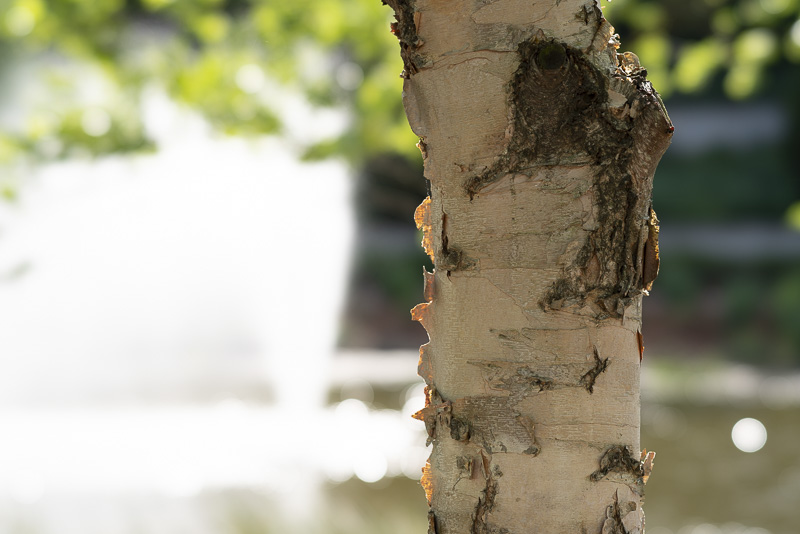

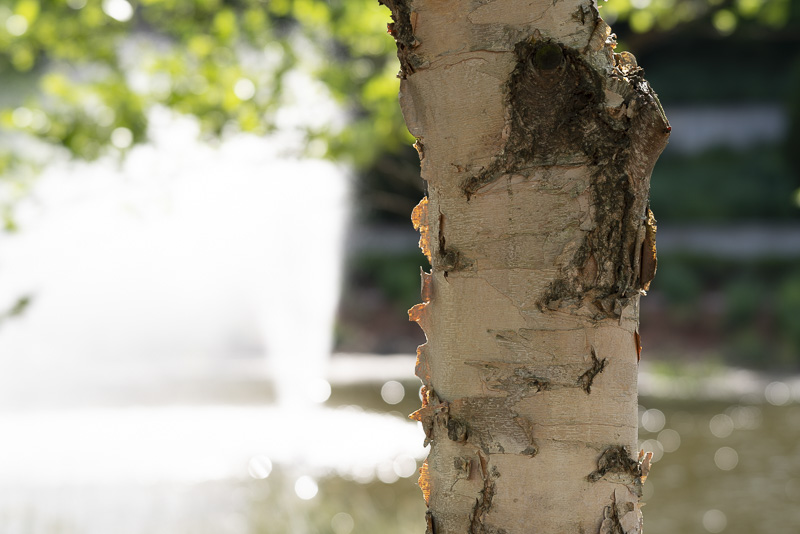
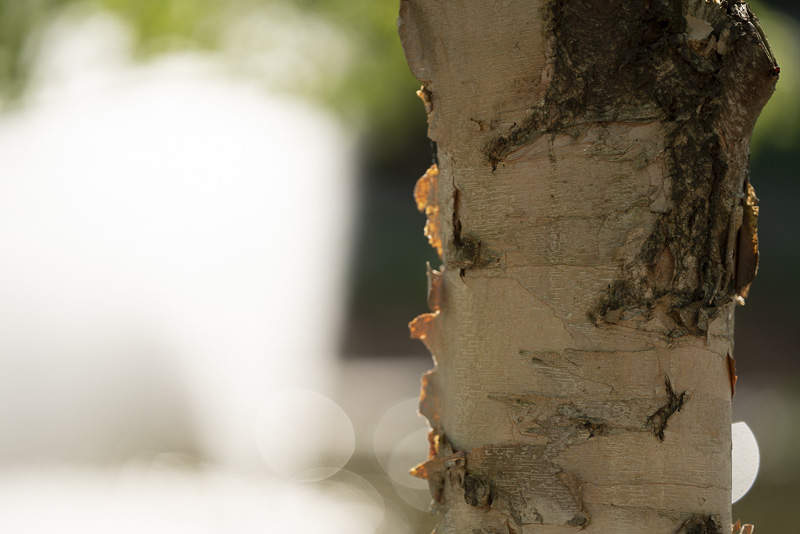
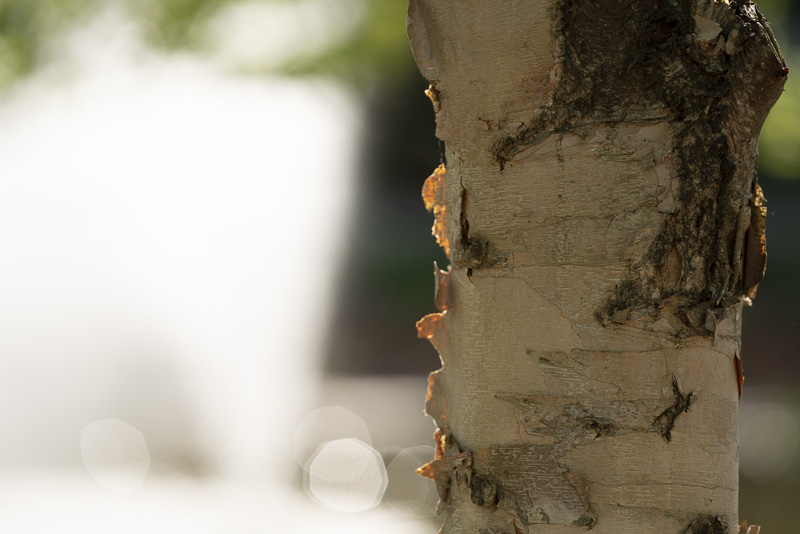
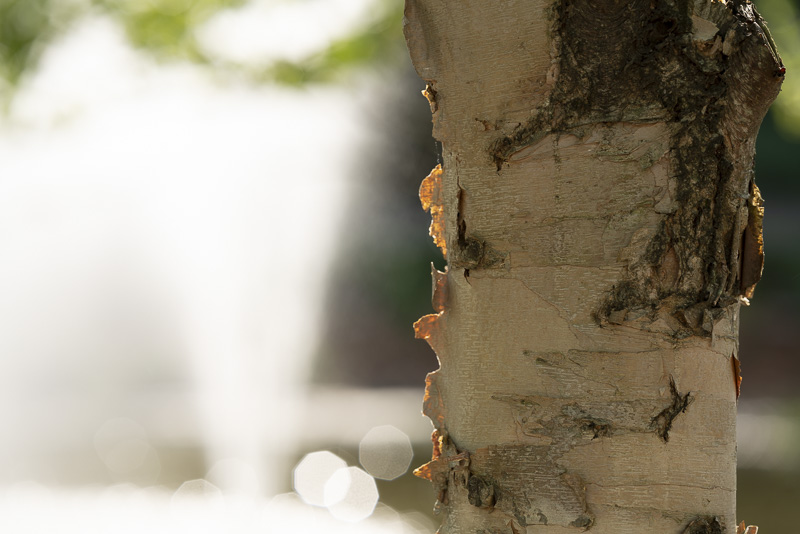
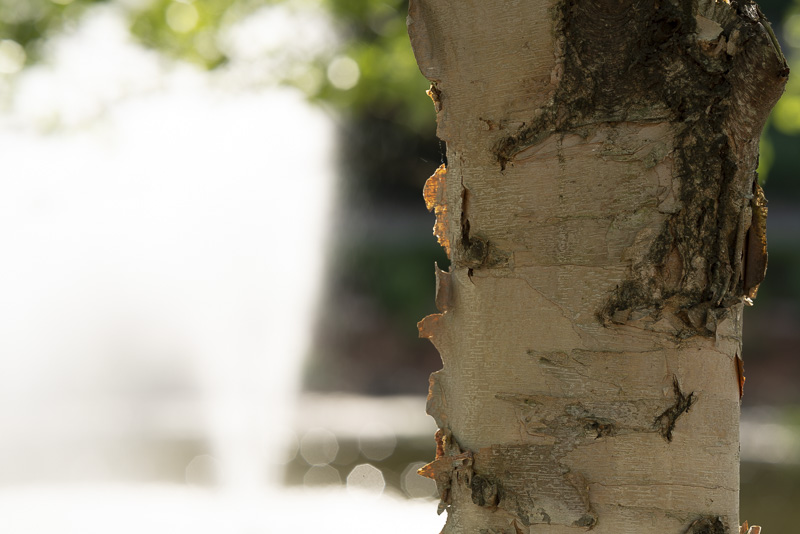
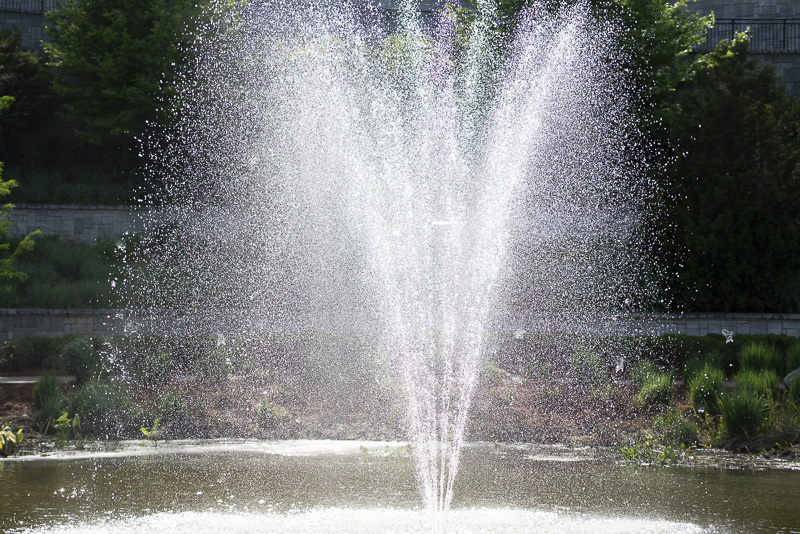

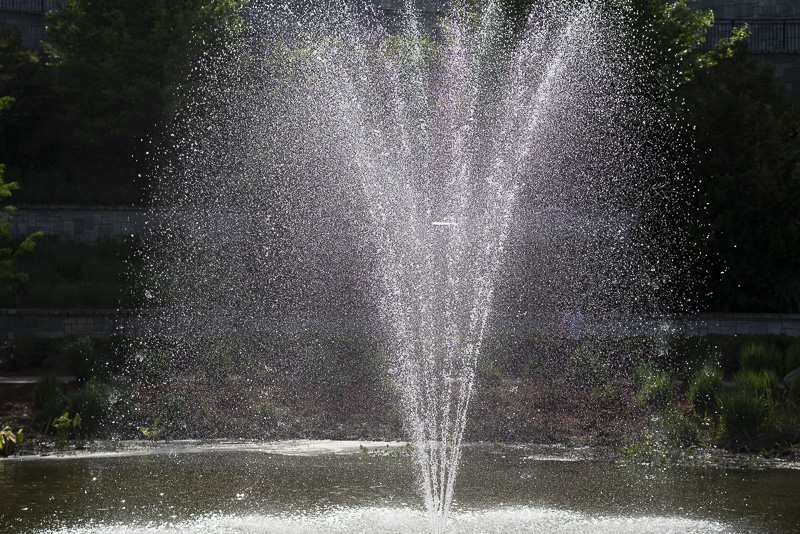
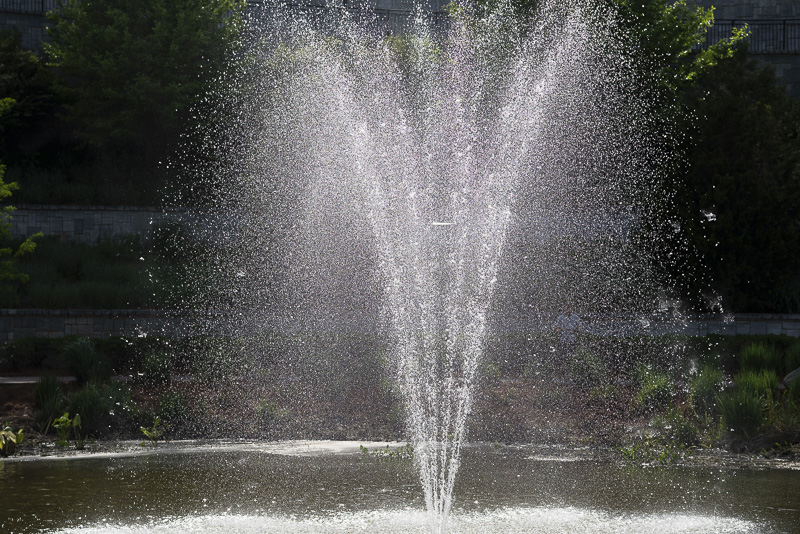
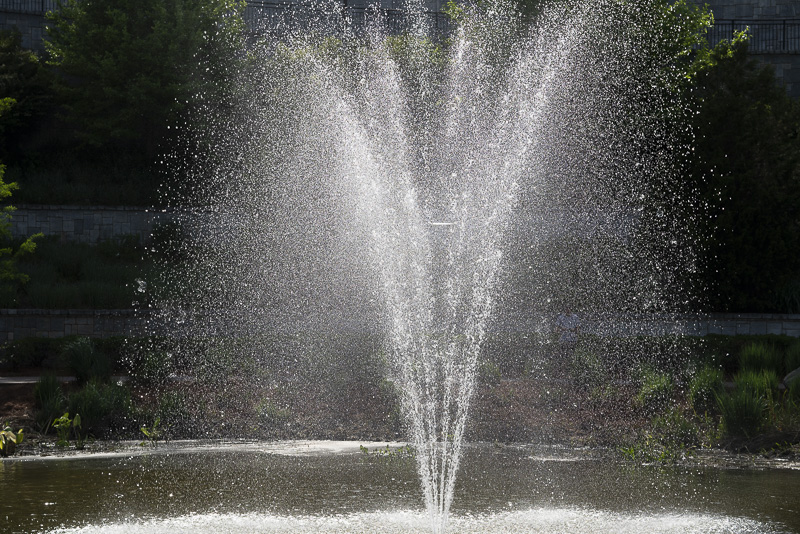
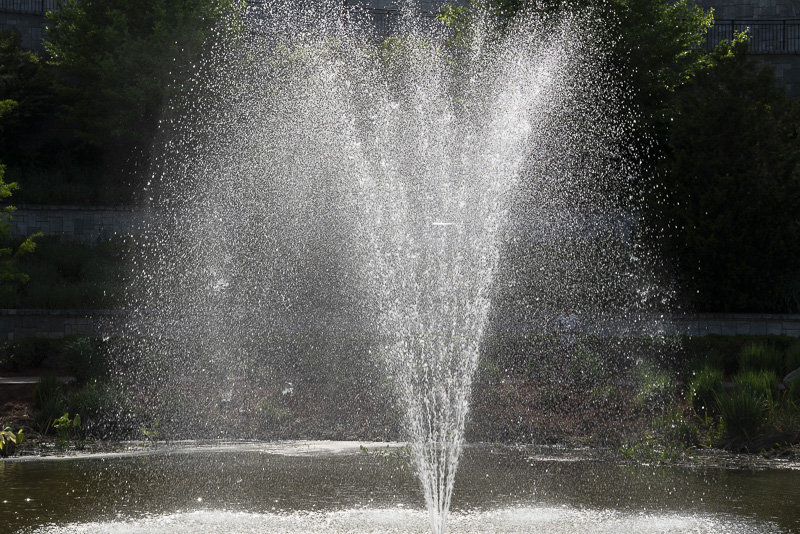

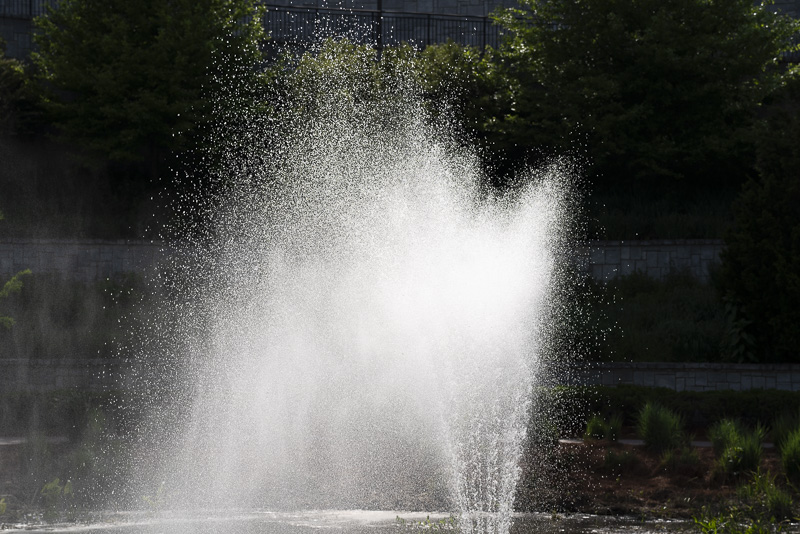
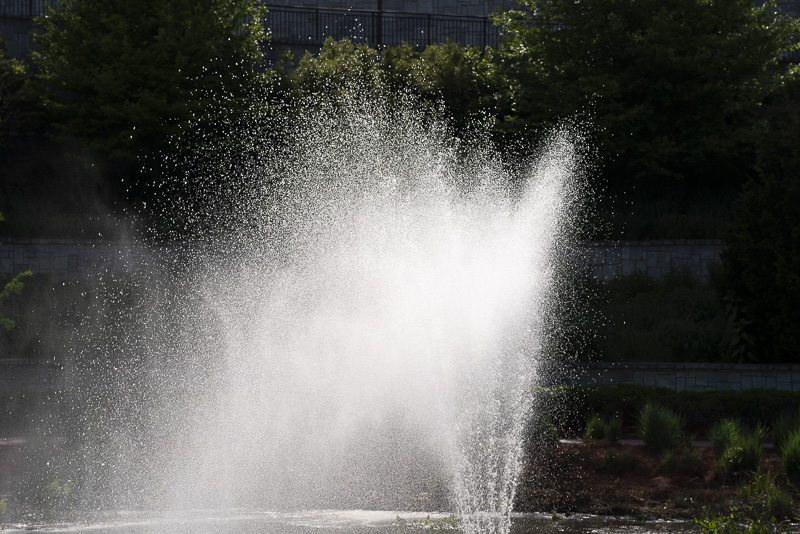

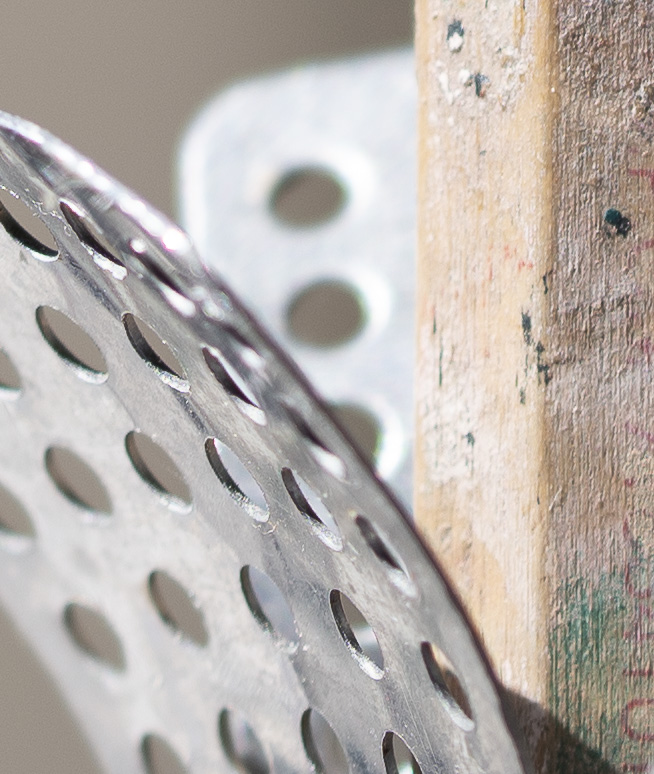
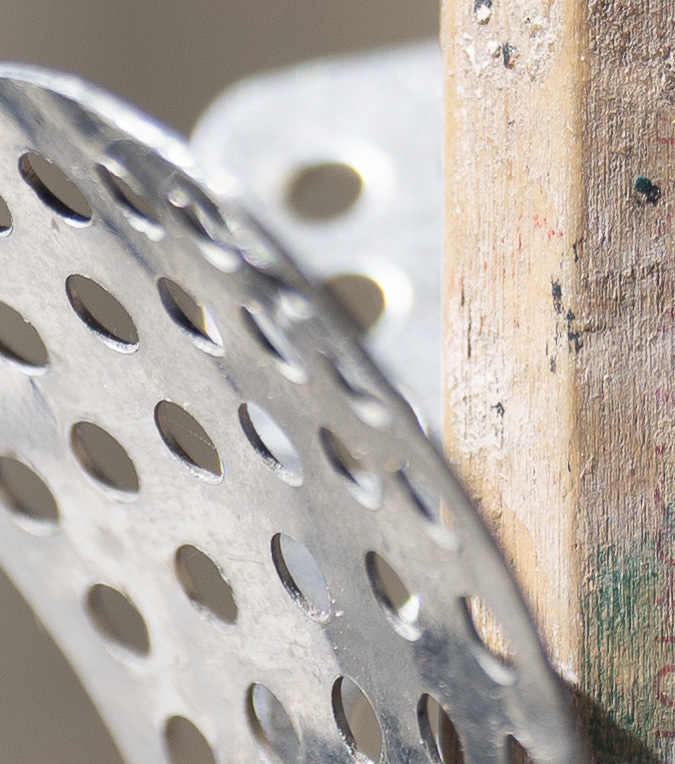
The 135mm STF has a clear advantage in amount of blur while still giving you the uber smooth look of the STF design unlike the Laowa which I pretty much do not consider an STF lens since the bokeh looks very normal.
The 100mm STF is much sharper and much better corrected for CA than the 135mm though. I did a test of both and also compared to the Sigma 135mm 1.8 Art and the Sony 85mm 1.4 GM.
https://www.youtube.com/watch?v=0dbev9rjXdI&t
I wish the 100mm was 135mm instead. Still if I can find a good price on one, I will add it for those close up shots when I want that almost painting like smooth bokeh.
Its a look I do like, just not enough blur to give me the 3Dish pop I want for my subjects most of the time unless very close to it.
Thanks for the review!
How does it perform compared to the Sony 90 f2.8 macro? I am surprised that it was not even mentioned, given that it is a very similar focal length.
I have not used the Sony 90 Macro. A good copy of the Sony 90 Macro is one of the finest 1:1 macro lenses made from what I can tell. It is less sharp at infinity from what I have read. The 90 macro will not have bokeh that is as smooth as the 100 STF but is a better choice for purely macro applications. I would choose the STF personally for portrait or large flower type subjects and the 90 macro for pure macro applications or very small flowers or the like. Both lenses are well corrected for chromatic aberration and I don’t have enough information to handicap which is better in that department.
I have reviewed it and I am not sure that a good copy is less sharp at infinity but it is one of Sony’s highest variance lenses so many won’t be. It has very nice conventional bokeh but significant cat-eyes. So the STF will yield a rather different look and that look would be the deciding factor for me. Some find it very attractive, others don’t.
Thank you for this write-up. I would agree with your assessment: the Sony 100mm F/2.8 STF does have some marvelous qualities, which your wonderful photos serve to demonstrate.
I happily purchased the Batis 135 last November (after reading David Braddon-Mitchell’s excellent review). It is pushing me to improve my photographic technique (a slow work-in-progress). It is also versatile in a way that, if I understood you (and other reviewers) correctly, the 100 clearly is not… I am thus not likely to buy this anytime soon.
If I did a lot more portrait photography, though, the Sony 100mm F/2.8 STF would be of great interest to me. The apodization filter’s effect on bokeh are intriguing.
Every lens has its compromises. The Batis certainly lets in more light wide open–4x more light to be exact when both are at F2.8. However, the difference is not quite so great in practice as the shorter focal length and in-lens optical stabilization do help one hand hold at somewhat longer shutter speeds. The STF does have better native close focusing abilities and of course 135mm is getting a bit long for indoor portraiture The versatility of lenses has a lot to do with what you like to shoot. Both are great lenses and I am glad I have both. For me, the STF gets a bit more use most of the time but others will doubtless differ. I cannot fault your choice to use the Batis 135 in any event. It is as good a lens as exists for the E Mount currently.
Batis has also in-lens stabilization. If you do portraiture with kids you need fast shutter speeds, the 135mm disturb them less and the greater magnification is very welcome outdoor and indoor.
About the bokeh personally i like both the GM85 and Batis135 more.
Thanks a lot for this review.
I remember Minolta had a 85mm f2.8 Varisoft back in the days.
Do you believe it was the same type of technology?
That worked by increasing spherical aberration which gives a very different, softer low contrast look.
I have the Minolta varisoft and the effect is maximum at full aperture and also diminishes sharply with closing while having a variable effect which ,makes it more flexible. .
I don’t know whether there is also a loss of light (2 stops for this new lens) when blurring.
It could be interesting to see same picture taken with the 2 different lenses to see how the effect vary/compare
Forgot to praise the great review and beautiful pictures. really top
Thx for your kind words!
Thanks Philip and Antoine for your inputs.
Impressive review, and lovely photos, many thanks.
This lens, undoubtedly, delivers amazing image quality. However, you know what? I’ve never liked the bokeh! In a lens that is designed to produce the more pleasing bokeh! Perhaps I’m too used to much older, much faster lenses which render with, well, unique character…
So, bearing in mind this lens price tag and its relatively slow aperture, it is not in my wish list nor I’m planning to put it there any time soon…
David Braddon Mitchell at least agrees with you. To which I can only reply, well, no one is perfect! LOL. Seriously, bokeh above perhaps any other trait in photography, is a matter of taste. On some shots, I too prefer bokeh with more “character” and on others, I really like the smoothness. Isn’t it wonderful that we have such choices? When the A7r came out, we suffered from a shortage of native lenses and had to adapt to use high quality optics. Now, we are spoiled for choice. It is a good time to be a photographer!
GM100STF kills the character of the bokeh and produce lot of nameless blur. It’s for sure personal opinion.
Fantastic Review. Are your clients missing you?
Such an interesting lens. It produces a background reminiscent of the ‘Pictorialists’ and a subject with the sharpness of the best modern lens. I prefer this to the nervous backgrounds of the regular teles included in the review.
Thank You
Thank you for comment and your kind words. I think having hobbies away from work is healthy. Yes, the STF produces wonderful bokeh and is very very sharp and well corrected. Too bad it is not even faster, but all lenses are compromises and light transmission is the biggest downside of this fine lens.
It’s weird that you find that it has a depth of field of a 2.8 lens, it would make this lens and its use too isolated for the times that you can get enough separation to take advantage of its qualities.
I own the 135mm Sony STF and it’s my finest lens. The depth of field is definitely 2.8 and gives delicious blur. I’ve paired it with an A7sII and it gives you an amazing quality on the noise in the background, very filmlike, it’s amazing to have a background with no edge clarity and brings out the subject.
The manual aperture being 10 bladed being different from the automatic “normal” 9 bladed aperture is one of the weird quirks that make that lens special.
I think it’s time you review that lens so that you can fall in love with one of the truly weird lenses in the history of photography.
i owned this lens and i love it. bokeh, color, sharpness is outstanding. it have a nice sunstar too.
https://flic.kr/p/24S1rWm
I Just bought this lens and I’m excited to use it. I’ve owed the 135mm 1.8 but I’m looking for something different while I wait on a faster aperture 135 in FE. Thanks for the review and nice portraits!
Just wanted to say since getting this lens- I think this review is pretty spot on. I’m surprised by how good the OIS is. I’m finding non lit backgrounds tend to look best…well sometimes. Sometimes high contrast scenes look really good. Such a weird lens! Th MFD is fantastic I will say. Overall package is lighter than I though it would be. I just might have to pick up another GM lens now.
Thanks for your kind words and glad you like the lens!
Is it really that hard to produce an optional-STF lens? Sometimes it’s nice but sometimes it’s not ideal. I heard that even a ring shaped gradient ND filter can produce a similar effect. Surprisingly I can’t find those either.
Hi, I was reading your review. I’ve bought this lens yesterday (it’s arriving next week).
My main concern airport about DOF.
You wrote that we should expect an f4 DOF at 2.8 (T5.6). So, if I’m right the apodization filter stops working at f4 (t8) and we could expect a DOF similar to an f5.6?
I really care about this cause I’m hardtop stop down enough to get entirely my subject on focus. I was not impressed when I had to stop down to f8 with a Zeiss Batis to get a good focus on a close portrait cause we alli know about DOF on Full Frame is so tiny…
I’m pretty shure such a lens was designed to have at least enough dept of field for a portrait or half figure outdoor shooting.
Thanks!
The STF effect diminishes as you stop down. There is still some STF effect at F4 and F5.6, but less than at F2.8. The STF effect ends at F8. Depth of field in my experience for portraits is usually enough wide open, but you may want to stop down depending upon your distance to the subject.
Hi, I own FE100 about 5 months and a few days ago I first the saw problem on the picture in sharp backlight. 🙁 This is very specific. The sun must be low, but not too low, I have to shot directly at the sun and then I get reflection, a line in the upper half of the image. it does not look good! 🙁 Do you think this is a bad piece? It looks like a reflection of something. Camera A7RIII or A7R. See enclosed pictures.
FE 100 mm f / 2.8 GM STF OSS – how optical stabilization works
Great review. It would be interesting to see how this Sony STF lens compares with the old Nikon 105mm f2 DC lens. The Nikon featured a “Defocus Control” mechanism which made the bokeh smoother. Therer was a nice review on that lens here last year.